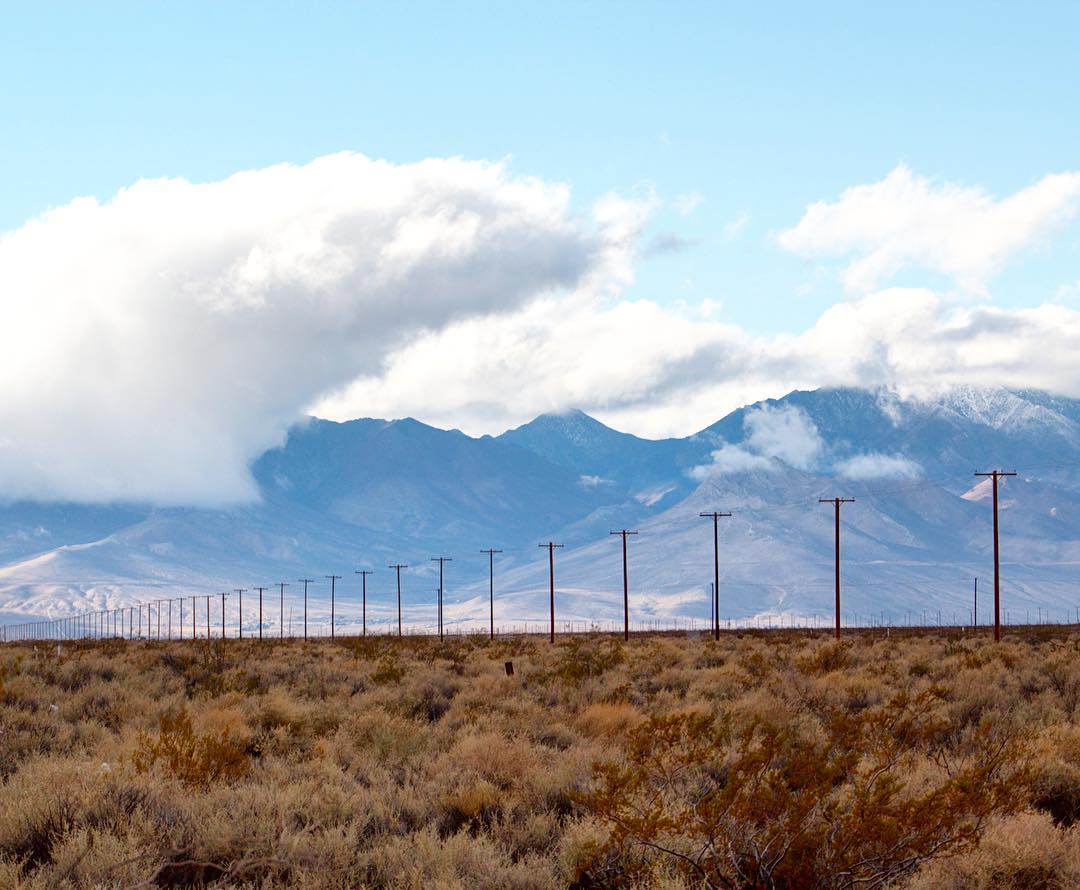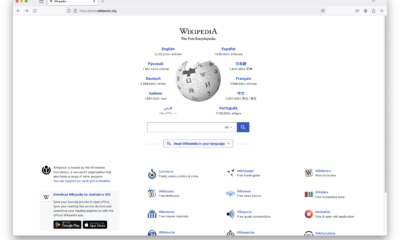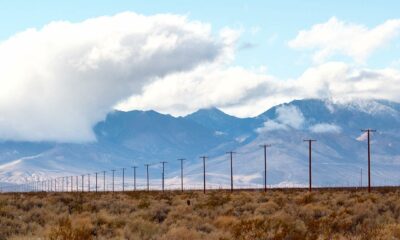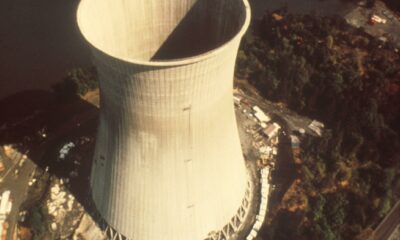Civilization
Growing Power Needs Call for Grid-Enhancing Technologies
Grid-enhancing technologies (GET) do exist and are now necessary to ensure the delivery of more power to more power-hungry customers.

The rise of AI data centers, growing electrification, and industrial growth is heralding a new era of U.S. power consumption. As our country advances, so too must our power grid. Building new transmission lines can take a significant amount of time and investment. With America’s growing power appetite not slowing down and an increasing need for renewables to meet net-zero targets, interim steps can be taken to ensure continued reliable, affordable electricity to keep pace with our growing economy.
What are grid enhancing technologies, and how can they help deliver more power?
Grid-enhancing technologies (GETs) can promote efforts to increase the capacity, efficiency, reliability, and safety of existing transmission lines. GETs are hardware and/or software that can reduce congestion costs and improve integration of renewables while increasing capacity and reliability. According to the U.S. Department of Energy, GETs can defer or reduce the need for significant investment in new infrastructure projects and increase the use of renewables by maximizing the capacity of the current infrastructure.
Power companies are seeking all options for increasing delivery capacity to support energy transition objectives and large demand increases from AI and manufacturing growth. The recent Energy Future Forum, sponsored by RealClearEnergy, underscored the urgency of addressing these challenges (see the video linked above for the part from James Danly, previously Commissioner at FERC, on the subject).
As DOE noted in its October 2023 “National Transmission Needs Study,” there is a pressing need for additional transmission infrastructure in nearly all regions of the country. Specifically, the study projected regional transmission capacity will need to more than double to 20% by 2035 and interregional capacity will need to grow more than five-fold. According to the study, significant transmission deployment is needed as soon as 2030 in the Plains, Midwest, and Texas regions. By 2040, large deployments will also be needed in the Mountain, Mid-Atlantic, and Southeast regions.
The GET-SET Initiative
To address the more immediate, interim steps, EPRI recently launched a new GETs-related initiative to expand and accelerate laboratory testing, research, and lessons learned to create a smarter and more resilient energy infrastructure. The Grid-Enhancing Technologies for a Smart Energy Transition (GET SET) initiative is focused on four potentially high-impact technologies that can increase capacity for transmission:
- Dynamic Line Ratings (DLR) provide transmission ratings that accurately reflect real-time conditions.
- Advanced Conductors use new and existing materials to increase the thermal capacity of power lines.
- Advanced Power Flow Control (PFC) can actively change the way power flows through the transmission lines.
- Topology Optimization is software that analyzes the transmission network that can increase total network flows, lower costs, and maintain reliability of the system.
These technologies have the potential to reduce congestion costs, improve the integration of renewables, increase capacity, and provide grid service applications in new and existing transmission networks. GETs can maximize the capacity of existing assets now, while transmission providers build new capacity for the long term. How do they do that?
Examples of grid-enhancing technologies
For example, advanced conductors are designed to operate at higher temperatures, can increase the power transfer capacity of existing transmission networks and fully utilize existing rights-of-way. While these conductors have been available for several years, uncertainty remains on some aspects of procurement, installation, inspection methods, and long-term performance. At our advanced laboratories in Lenox, Mass., and Charlotte, N.C., has been and will continue to perform extensive life expectancy and specifications testing of multiple carbon, ceramic, and ultra-high strength, steel-cored conductor systems.
Evaluating and vetting these technologies today as they are being deployed on a wider scale can reduce the risk upon full deployment. However, the scale to which these technologies have been studied vary widely between the four categories. These technologies can also be integrated into the new infrastructure that is built to maximize the capacity of the entire grid.
Cooperation with existing power distribution networks
EPRI’s work cannot be done in a vacuum. As part of GET SET, we’re also collaborating with numerous organizations, including the North American Electric Reliability Corporation, Energy Systems Integration Group, the North American Transmission Forum, and more than two dozen electric utilities. EPRI is working with several companies and technology providers to deploy GETs now, while leveraging further research needed to deploy more broadly in the future.
Electricity is the backbone of the U.S. economy. As our country’s power needs grow while electricity companies balance affordability and reliability, we need all the tools in the toolbox at our disposal.
This article was originally published by RealClearEnergy and made available via RealClearWire.
Andrew Phillips is Corporate Vice President of Transmission and Distribution Infrastructure at the Electric Power Research Institute (EPRI).
-

 Executive2 days ago
Executive2 days agoWaste of the Day: Can You Hear Me Now? No.
-

 Civilization2 days ago
Civilization2 days agoTrump’s version of the Monroe Doctrine
-

 Civilization4 days ago
Civilization4 days agoOne Fell Swoop: Lawsuit Eyes Death Blow to Racial Preferences
-

 Civilization3 days ago
Civilization3 days agoTrump’s New Doctrine of Precision Deterrence
-

 Civilization2 days ago
Civilization2 days agoThe Mission to Extradite Nicholas Maduro
-

 Civilization2 days ago
Civilization2 days agoThe Snatch and Grab of Maduro Was Not ‘Illegal’
-

 Executive4 days ago
Executive4 days agoWaste of the Day: $1.6T in Wasteful Spending in Rand Paul’s “Festivus” Report
-

 Civilization13 hours ago
Civilization13 hours agoHow Do You Solve a Problem Like Wikipedia?









